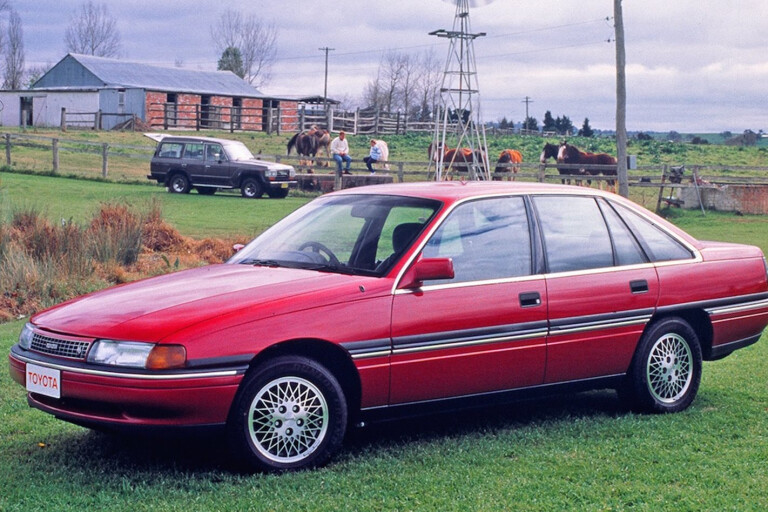
So, yeah, by the time you read this, I’ll be unemployed. Again.
Oh, it’s okay – for most of my life I’ve worked for myself, which has been great (well, apart from that sticky business of the sexual harassment suit I brought against myself … #MeOne). It may come as a surprise to some, but yes, I do other publishy-type things besides Wheels.
For the past three years I’ve been editor-in-chief of the newly launched Australian edition of a well-known international luxury magazine. It felt like a role I was designed for because, probably like you, my fascination with cars naturally leads me to an appreciation of watches, motorcycles, aeroplanes, boats – in fact, learning about anything that’s got a ton of talent, design, engineering and brand heritage behind it. Typical dream job.
One quirk of that magazine’s demographic is that for the past three years I’ve hardly driven any new car worth less than six figures, and one or two worth seven (most recently, a gorgeous Ferrari 812 Superfast with around $400K-worth of Tailor Made treatment, including hand-painted Ferrari shields … the way they did it in the old days).
A big part of my fascination with cars has always lain in the huge variety of solutions for a common theme. Let’s say 100 years ago, you sketch out the notion of a motorised vehicle with four wheels. You introduce that concept to each of Germany, America, Italy, Czechoslovakia, England, Sweden, Australia, Russia – to pretty much any country in the world, besides all the useless ones – and just marvel at the way in which cultures, societies and ingenious individuals contribute to a beautiful, global garden of interpretations. The same is still true in car making, though it seems to me, increasingly so only at the very top end of the market.
Back when I started writing for Wheels, a smallish and affordable car might have been front, rear or all-wheel drive, had an in-line, transverse, flat-four or even a small V6 engine, been naturally aspirated or turbocharged, a sedan or hatch or booted fastback, hailed from Japan, Germany, Italy or …
Okay, maybe a lot of those boxes are still ticked, but I just don’t see the variety that there was back then among, say, a Suzuki Swift GTi, Volvo 360 GLT, Alfa Romeo 33, Subaru Leone, Renault Fuego, Toyota Corolla twin cam, Holden Piazza turbo, Holden Camira, Fiat Regata … Some of them were utterly dreadful, of course, but at least only one of those is a front-drive, transverse four-cylinder, five-door hatchback.
The automotive designer’s art still intrigues, but safety and fuel/emissions legislation is more strictly constraining the template. I suspect that as we move to electric vehicles, the same will be even more true, possibly even approaching uniformity among platforms, batteries, motors and software. Like fridges. Or Formula E.
No doubt those who vote for big government and vampiric initiatives like the EU’s speed limiters will be easily convinced that, really, the state knows best when it comes to building cars. Trabant or Lada, sir? Take a ticket.
My early days at Wheels were also the time of the Button plan, and the Toyota Lexcen, Ford Corsair, Holden Apollo, Nissan ute… Badge engineering highlighted the fact that these mainstream-brand badges offer no compelling reason to buy one over the other.
But it seems to me that there’s an ever widening gulf between the truly top-end brands, and everybody else. Think about supercar marques like McLaren, Ferrari, Aston Martin, to name a few, and recent disruptors like Koenigsegg, Rimac or Brabham. A goodly proportion of their future models are destined for racetracks of the rich and famous, potentially evading whatever Orwellian scenario is playing out on our roads – and thus continuing to foster engineering creativity and individuality.
And aside from supercars, ultra-luxury brands like Rolls-Royce are already enhancing their one-off build capabilities, many of their customers being, as it were, more equal than others, and immune to the apparent homogenisation intended for the rest of us.
Meanwhile, I do wonder about the mainstream brands, and what size knives each could carry into a gun fight between automotive engineering and social engineering.

COMMENTS